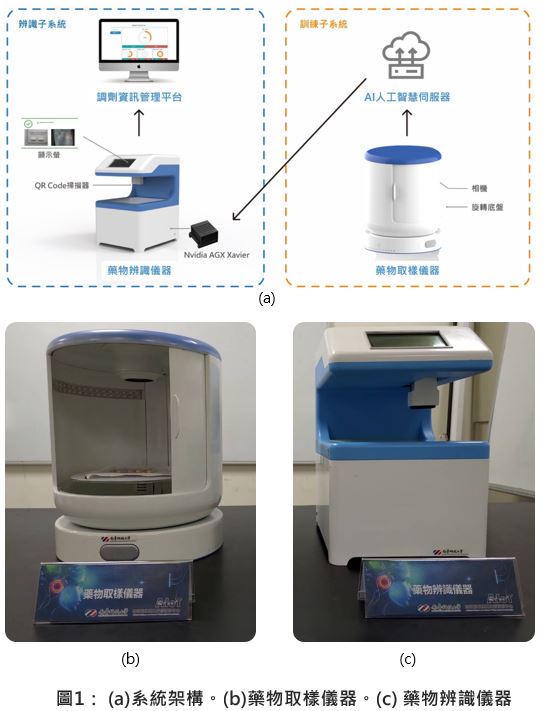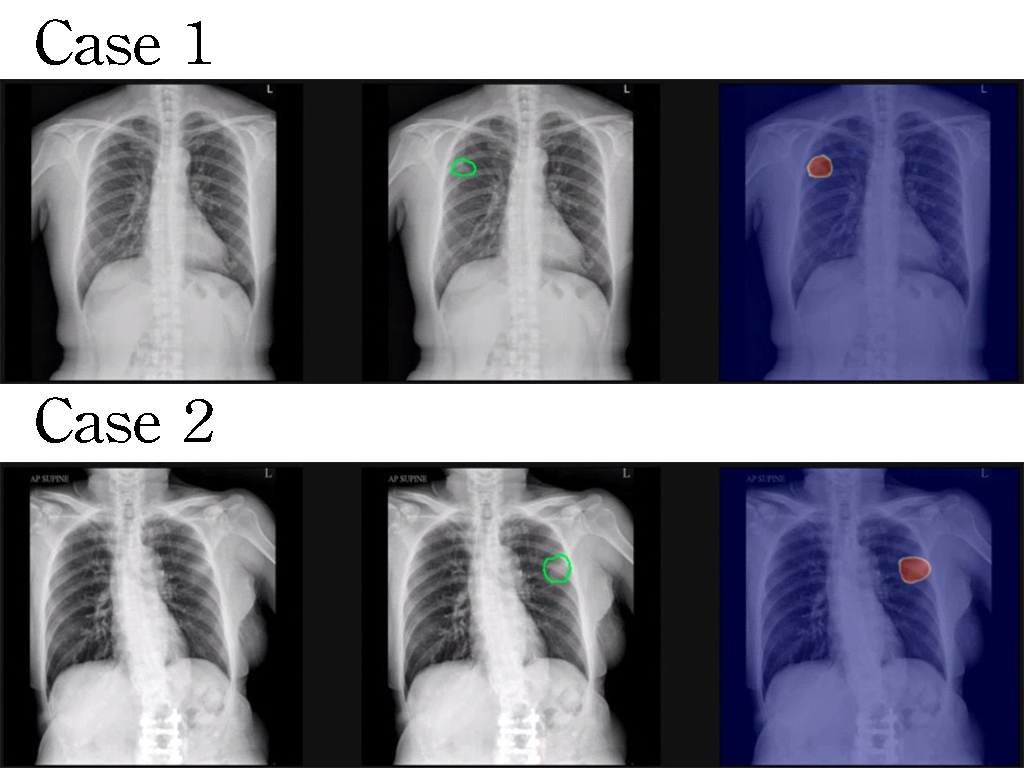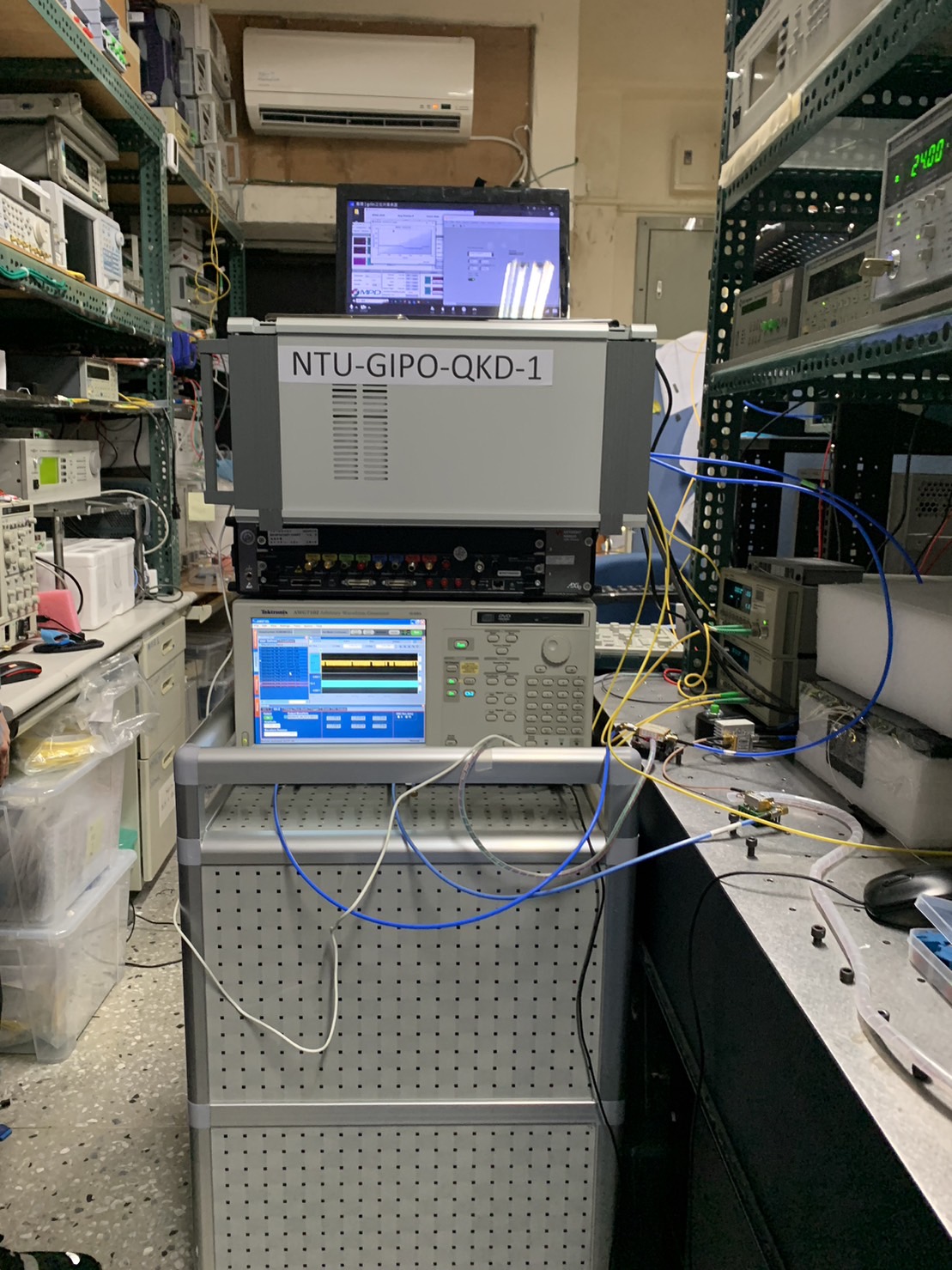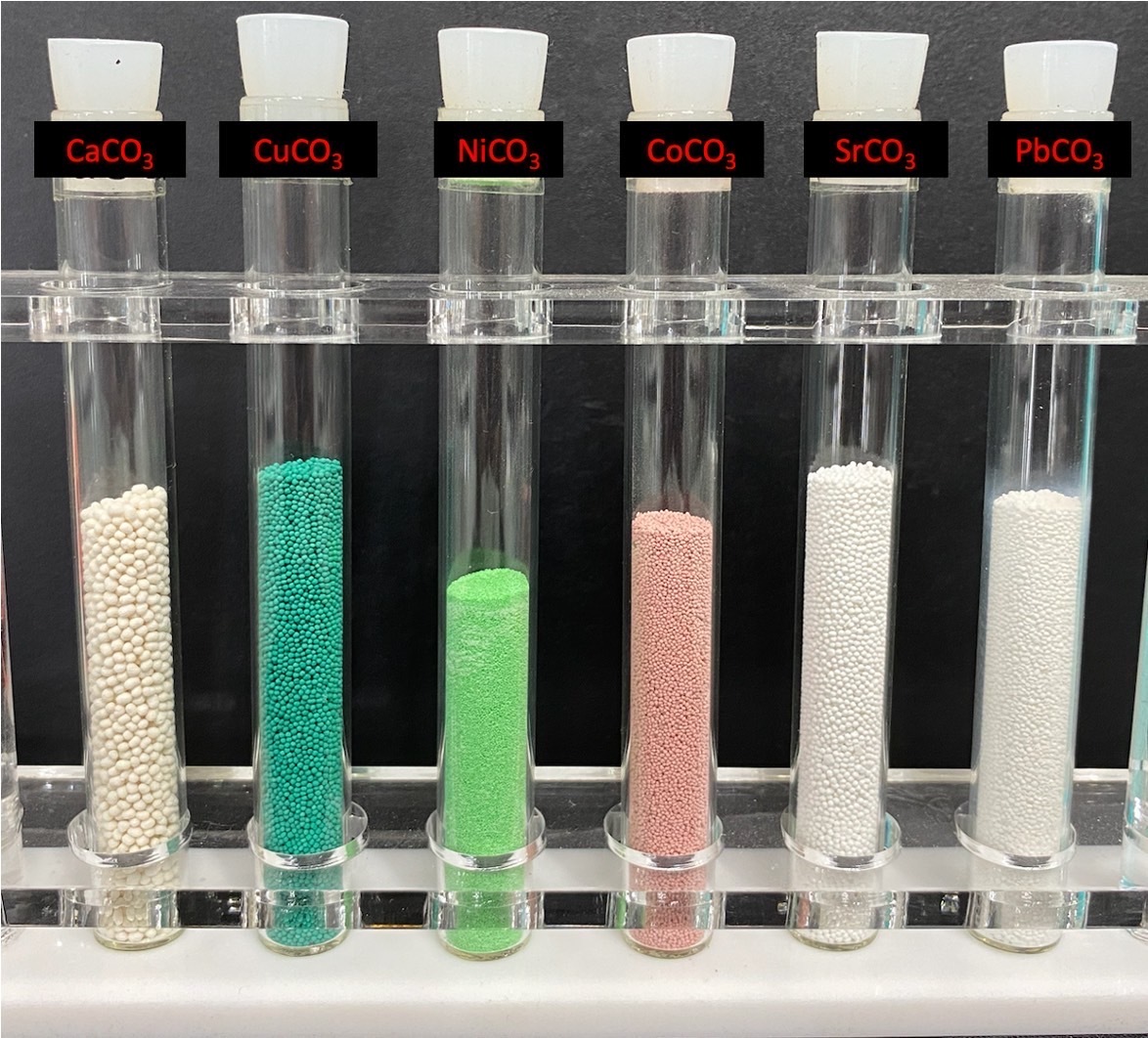| Technical Name | New generation of light-emitting diodes to degrade harmful substances technology innovation applied to traditional meat stalls or meat store environmental control | ||
|---|---|---|---|
| Project Operator | Agricultural Technology Research Institute | ||
| Project Host | 洪紹文 | ||
| Summary | This technology utilizes a 450 nm wavelength light-emitting diode (LED) combined with a surface plasmon structure. The LED light induces surface plasmon excitation that promote the ionization of water molecules in the air. These ionized molecules effectively decompose harmful airborne substances. The system can be applied to animal health management. It improves air quality, helps reduce carbon emissions, and supports the development of a more sustainable and animal-friendly farming environment. |
||
| Scientific Breakthrough | This technology integrates a 450 nm LED with a surface plasmon structure to ionize airborne water molecules and breaking down harmful substances. It extends beyond traditional LED use, enabling sterilization, mold removal, and methane degradation. Field tests in livestock farms and meat markets show improved air quality and reduced PRRSV levels. With potential applications in smart farming and food environments, it supports energy saving, carbon reduction, and animal health improvement. |
||
| Industrial Applicability | This technology is applied for active purification of PM2.5, viruses, bacteria, and harmful gases without chemicals. Proven effective in livestock farms and meat retail settings, it improves air quality, controls pathogens, and extends meat shelf life. With smart monitoring and environmental control, it aligns with net-zero and ESG goals. Highly commercializable, it offers scalable applications across the livestock and food industries, supporting sustainability and industry advancement. |
||
| Keyword | New generation Light-emitting diodes Harmful gas Harmful substances degraded technology Applied ininnovation Traditional meat stalls Meat store Environmental control Purification Green energy saving | ||
- Contact
- Shao-Wen Hung
- 1032169@mail.atri.org.tw
other people also saw















